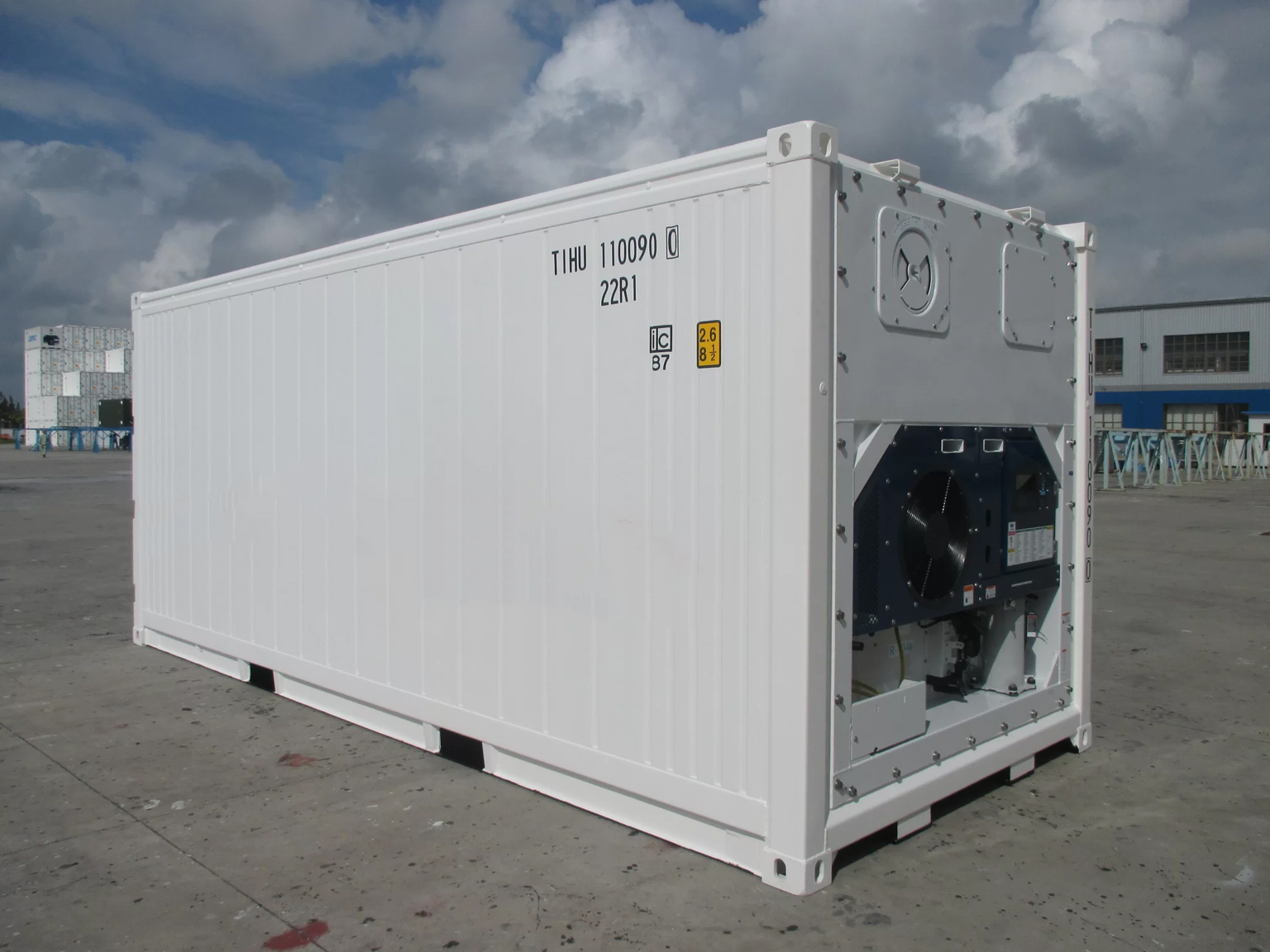Cold chain logistics, the process of transporting temperature-sensitive products along a supply chain, has become increasingly critical in today’s global economy. This logistics segment ensures that perishable goods such as food, pharmaceuticals, and chemicals maintain their quality and efficacy from production to consumption. As we look to the future, several trends and predictions are set to shape the evolution of cold chain logistics. This blog explores these emerging trends and offers insights into what the future holds for this vital industry.
- Technological Advancements in Cold Chain Management
One of the most significant trends in cold chain logistics is the rapid advancement of technology. Several innovations are poised to revolutionize the industry:
a. Internet of Things (IoT) and Smart Sensors
- The integration of IoT and intelligent sensors in cold chain logistics is enhancing real-time monitoring of temperature, humidity, and other critical conditions. These devices provide instant alerts and allow for immediate corrective actions, ensuring the integrity of perishable goods throughout the supply chain.
b. Blockchain Technology
- Blockchain technology is gaining traction in cold chain logistics due to its ability to provide transparent and immutable records of transactions and conditions. This technology enhances traceability and accountability, reducing the risk of fraud and improving compliance with regulatory requirements.
c. Advanced Analytics and AI
- Advanced analytics and artificial intelligence (AI) are being used to optimize routes, predict equipment failures, and manage inventory more efficiently. AI-driven predictive maintenance can help prevent breakdowns in refrigeration units, ensuring a smoother and more reliable cold chain operation.
- Sustainable Practices and Eco-Friendly Solutions
Sustainability is becoming a top priority in cold chain logistics as businesses and consumers alike demand greener practices. Several important factors are contributing to this shift:
a. Energy-Efficient Refrigeration Systems
- Innovations in refrigeration technology are leading to more energy-efficient systems that reduce the carbon footprint of cold chain logistics. These systems often utilize natural refrigerants with lower global warming potential (GWP), aligning with global sustainability goals.
b. Solar-powered reefer Containers
- The adoption of solar-powered reefer containers is on the rise. These containers harness solar energy to maintain optimal temperatures, reducing reliance on fossil fuels and lowering greenhouse gas emissions.
c. Reusable Packaging
- The industry is increasingly adopting reusable and recyclable packaging solutions. These sustainable packaging options not only reduce waste but also enhance the overall sustainability of the cold chain.
- Enhanced Regulatory Compliance and Food Safety Standards
With the globalization of trade, maintaining stringent regulatory compliance and food safety standards is becoming more critical. Future trends in this area include:
a. Stricter Regulations
- Governments and international bodies are expected to implement stricter regulations to ensure the safety and quality of temperature-sensitive products. Compliance with these regulations will necessitate more rigorous monitoring and documentation practices.
b. Improved Traceability
- Enhanced traceability solutions, such as blockchain and advanced tracking systems, will become essential in meeting regulatory requirements. These solutions provide detailed records of the product’s journey, ensuring compliance with safety standards and facilitating quick responses to any issues.
- Expansion of Cold Chain Infrastructure
As demand for temperature-sensitive products grows, so does the need for expanded cold chain infrastructure:
a. Increased Cold Storage Capacity
- The expansion of cold storage facilities, particularly in emerging markets, is crucial to accommodate the rising volume of perishable goods. Investments in state-of-the-art cold storage solutions will support the growth of the cold chain industry.
b. Strategic Location of Warehouses
- Strategically located warehouses closer to production and consumption hubs will help reduce transit times and improve the efficiency of the cold chain. These locations will be vital to meeting the increasing demand for quick and reliable delivery of perishable goods.
- Growth of E-commerce and Direct-to-Consumer Models
The rise of e-commerce and direct-to-consumer (D2C) models is significantly impacting cold chain logistics:
a. Demand for Last-Mile Delivery Solutions
- The growth of online grocery shopping and direct-to-consumer pharmaceutical sales is driving the need for efficient last-mile delivery solutions. Cold chain logistics providers must adapt to ensure timely and temperature-controlled delivery to the end consumer.
b. Innovative Delivery Methods
- Innovations such as temperature-controlled lockers and drone deliveries are emerging as potential solutions for the last-mile delivery challenge. These methods offer flexibility and efficiency in delivering perishable goods directly to consumers.
Conclusion
The future of cold chain logistics is set to be shaped by technological advancements, sustainable practices, stringent regulatory compliance, expanded infrastructure, and the growth of e-commerce. As these trends converge, the industry will become more efficient, transparent, and environmentally friendly. At Shams Container, we are committed to staying at the forefront of these developments, providing cutting-edge solutions to meet the evolving needs of our clients. By embracing these trends and innovations, we can ensure the safe and efficient transportation of temperature-sensitive goods, driving the future of cold chain logistics forward.
 عربي
عربي عربي
عربي